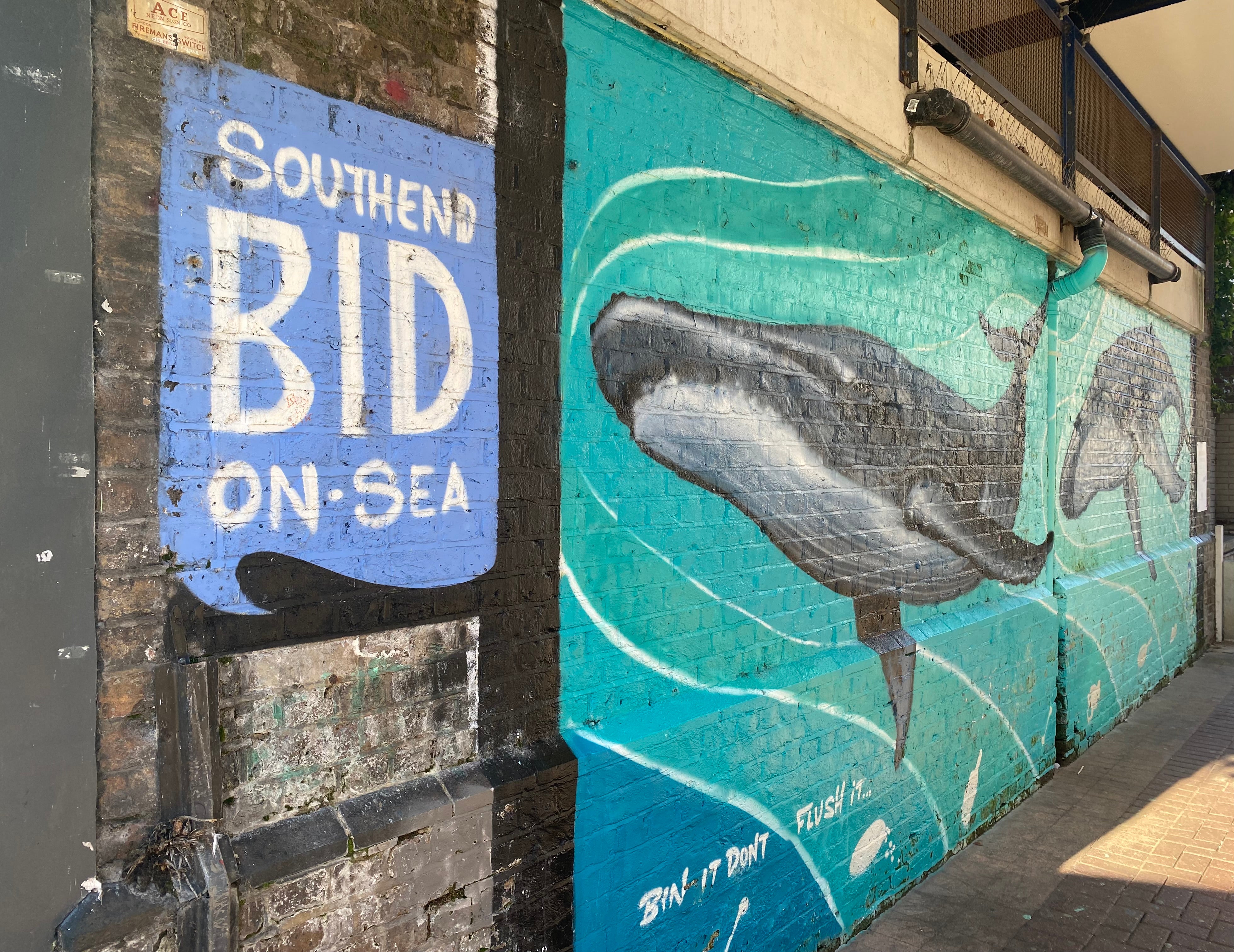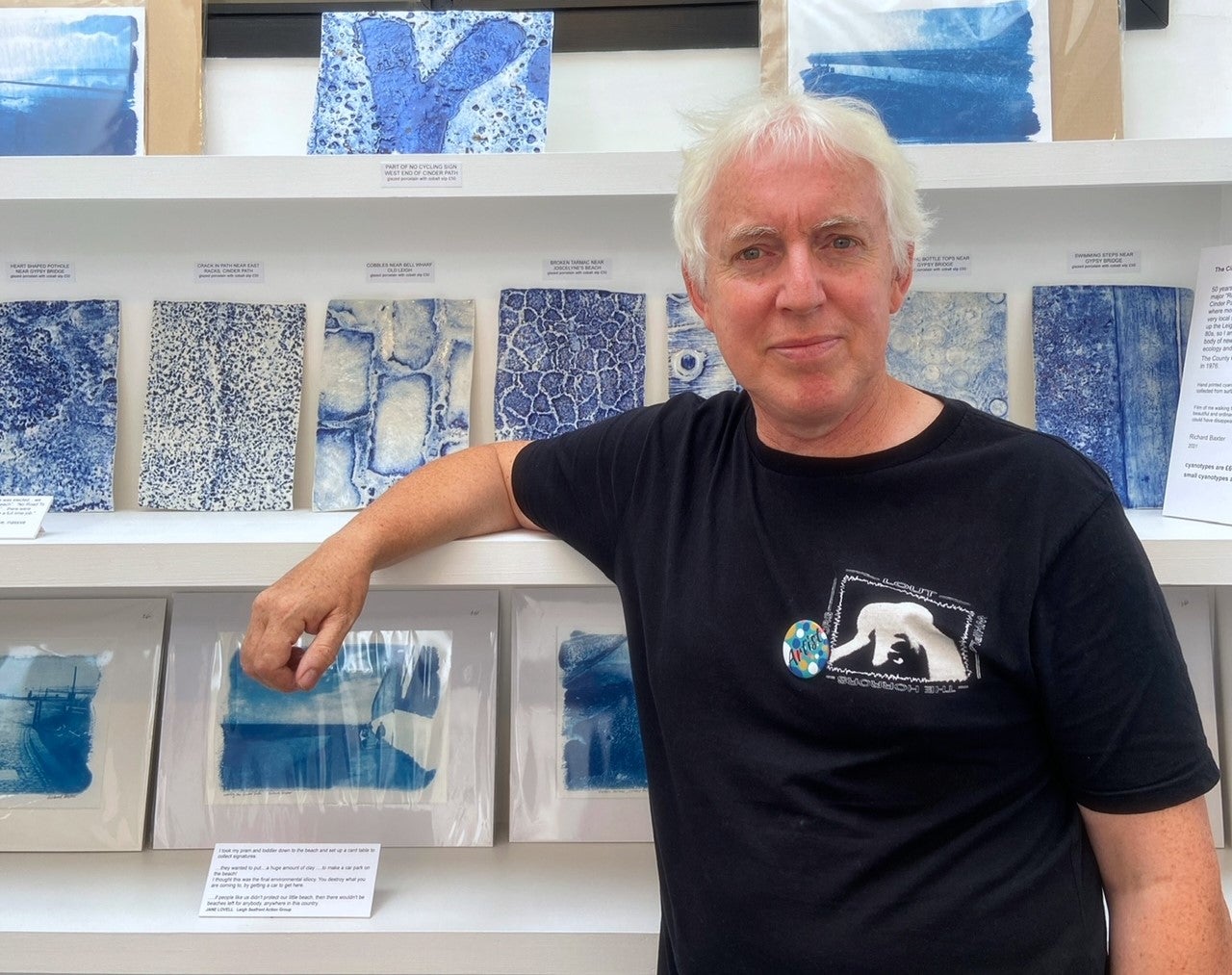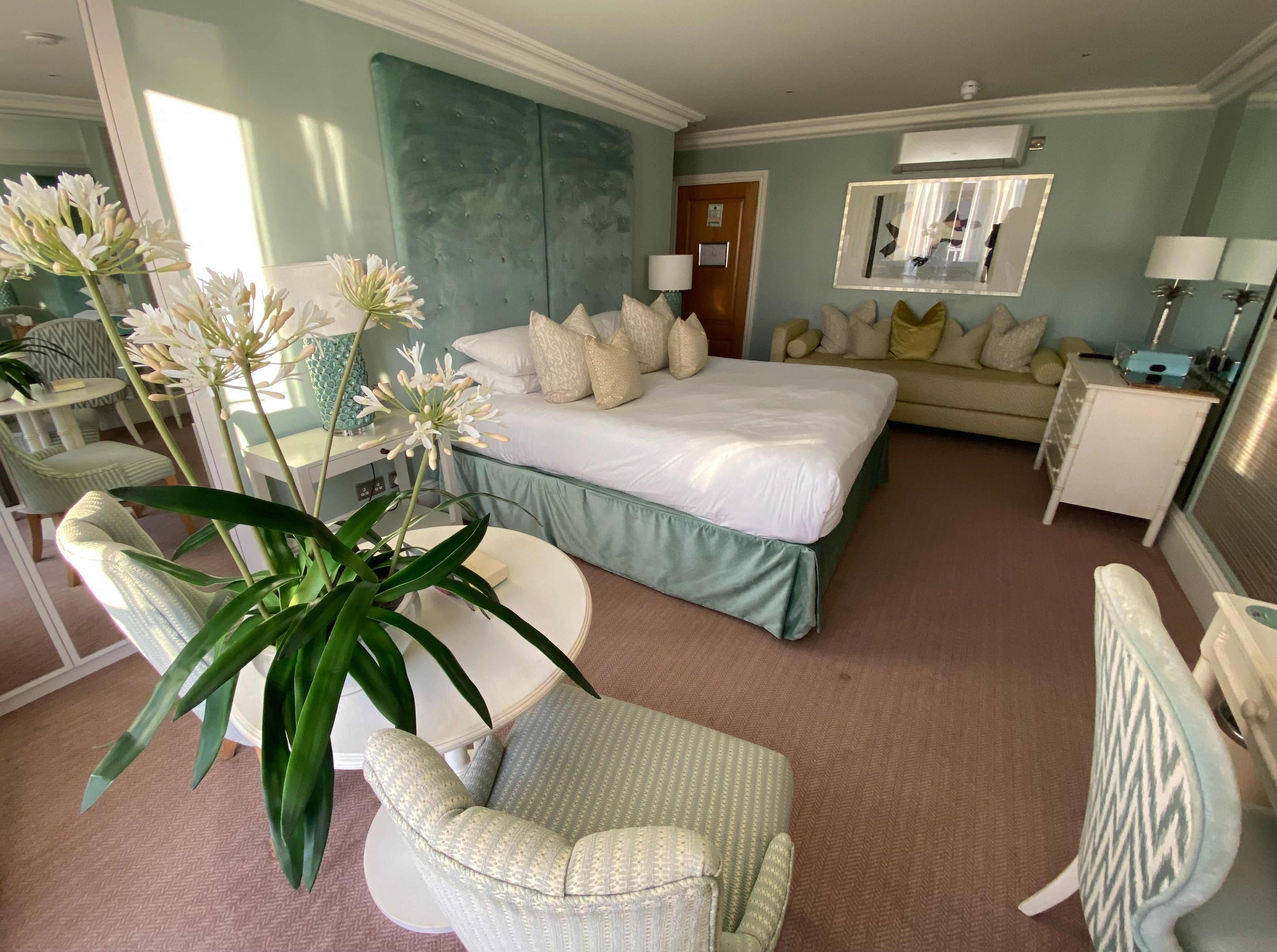The Independent's journalism is supported by our readers. When you purchase through links on our site, we may earn commission.
Why Southend deserves its spot as the UK’s newest city
With a passionate community, historical marvels and a revamped cultural offering – plus, of course, the fabulous seafront – this Essex hub has more than earned its upgrade, writes Julia Hammond

Your support helps us to tell the story
From reproductive rights to climate change to Big Tech, The Independent is on the ground when the story is developing. Whether it's investigating the financials of Elon Musk's pro-Trump PAC or producing our latest documentary, 'The A Word', which shines a light on the American women fighting for reproductive rights, we know how important it is to parse out the facts from the messaging.
At such a critical moment in US history, we need reporters on the ground. Your donation allows us to keep sending journalists to speak to both sides of the story.
The Independent is trusted by Americans across the entire political spectrum. And unlike many other quality news outlets, we choose not to lock Americans out of our reporting and analysis with paywalls. We believe quality journalism should be available to everyone, paid for by those who can afford it.
Your support makes all the difference.I was in Menorca when I heard about the death of Southend West MP Sir David Amess. Notifications pinged on my phone; friends shared stories about Sir David’s support for grass- roots initiatives or how he’d simply been there to help in a time of need. He’d campaigned tirelessly for Southend to gain city status. By the time I landed at Gatwick, that was the latest headline: bittersweet, but a fitting legacy for the man they called Mr Southend.
I grew up in a small town a few miles away and spent my childhood sliding down the helter-skelter in Peter Pan’s Playground (now Adventure Island) and feeding 2p pieces into coin-pusher machines in the seafront arcades. In my twenties, I came to Southend to dance at TOTS and Mr B’s. Driving in, it always felt like a city, with its densely packed housing and high-rise office blocks. Yet in many respects it was a series of interconnected villages. That’s partly due to its geography, as it lines the north shore of the Thames Estuary, but also a lot to do with the railway. In 1884, the London, Tilbury and Southend line reached Shoeburyness but intermediate stations such as Chalkwell and Southend East didn’t open until the 1930s, allowing communities to develop before they became infill.

Packed trains from London’s East End brought day-trippers like my grandparents to the beach to eat Rossi’s ice cream and ride the trains to the end of the world’s longest pleasure pier. One of their favourite haunts was Old Leigh, now one of the city’s most attractive neighbourhoods. In 1969, the year I was born, a group of locals fought to overturn plans to bulldoze this seaside community to make way for the “Road to the West”. Without their determination, I’d have never walked to Leigh’s cockle sheds along the Cinder Path, a walkway named after the gritty soot from passing steam trains. Local artist Richard Baxter, who makes ceramics in his workshop at Old Leigh Studios, decided to retell the story and commemorate those activists. Richard has produced a series of cyanotype photographs of the Cinder Path that show how something so ordinary can also be beautiful.
Across town, a different traffic improvement scheme led to an unexpected discovery. In 2003, my daily commute took me through Prittlewell, the oldest part of the settlement that later became Southend. Like many others who inched along Priory Crescent in rush hour traffic, I supported plans to widen the road. Then by chance, archaeologists uncovered a remarkable Saxon burial chamber, now thought to be England’s oldest. Encased in sandy soil, it had been hidden in plain sight for 1,400 years. The latest guess from historians is that the tomb might belong to a late 6th-century prince called Sæxa, but no one knows for sure. The extraordinary haul of grave goods they recovered is now on display in Southend’s Central Museum. One of the most significant finds was a pair of gold foil crosses, making it likely the deceased was a Christian at a time when most Anglo-Saxons were pagans.
Without their determination, I’d have never walked to Leigh’s cockle sheds along the Cinder Path, a walkway named after the gritty soot from passing steam trains
Less than 300m away is the 12th-century Prittlewell Priory. Before Henry VIII dissolved the monasteries, it was home to a small community of Cluniac monks. In 1548, the place was sold to the aptly-named Richard Rich, a villainous, well-connected and self-serving individual who set about demolishing many of its buildings so he could use the stone to build himself a mansion. In 1917, an altruistic jeweller called Robert Jones bought the Priory. He donated it to the council, so it’s because of him that today’s visitors can gape at its cavernous hall with its vaulted, timber ceiling, exposed stonework and flagstone floor.
A more recent addition to Southend’s array of visitor attractions is The Jazz Centre UK. It occupies the basement of what used to be the library, a concrete monstrosity that some optimistically liken to the Barbican. This cultural hub and museum – Jools Holland is a patron – tells the story of jazz, from the greats like Duke Ellington to contemporary performers such as Jamie Cullum (who, incidentally, was born in neighbouring Rochford). It’s a work in progress, but engaging nonetheless. There’s a QR code linked to a Spotify playlist for every era alongside exhibits such as Louis Armstrong’s trumpet. But if you can, come on a Saturday afternoon when they host live performances and crank up the volume.

These visitor attractions, important as they are, struggle to compete with the seafront. More than 250,000 people visited the pier this summer, the highest figure for 15 years. But Jacqui Dallimore, chair of the Southend Tourism Partnership, says there’s a real desire to broaden the city’s appeal and make it a year-round destination. This September, Southend’s council-supported Arts Festival drew 15,000 visitors; its colourful street art murals brighten up tired walls around the city centre. The city just hosted its inaugural Halloween Parade and a Festival of Light is planned for February, which will feature interactive light sculptures, stilt-walkers and a maze.
It’s an exciting time for Southend, though precisely what the future city will look like is hard to predict. What I do know is that passionate, creative and talented Southenders will add their voice to those making the decisions and work together to make their freshly minted city even better. And I for one can’t wait to see how things pan out.
Stay

Nothing beats looking out over the water as the rising sun colour washes the damp sand a soft shade of pink. Close to Pier Hill, the accommodation’s largely on the cliff top, so head east instead to Thorpe Bay where you’re at sea level. Southend’s loveliest hotel is The Roslin. Staff go the extra mile to make guests feel special; Birds of a Feather actress Linda Robson is a regular and calls it her happy place. Located across the road from the beach, its spacious rooms have padded headboards, comfy sofas strewn with cushions and roll top baths. The best have balconies overlooking the estuary.
If your budget won’t quite stretch to that, try nearby Beaches Guest House or The Moorings, which enjoy the same view.
Eat
Stop the World Cafe on Leigh Broadway is a popular brunch spot – try a plateful of its popular bubble and squeak as an alternative to a full English but be prepared to queue at weekends.
Down in Old Leigh, dog-friendly Sara’s Tea Garden serves up delicious homemade cakes and its own blend of coffee in a leafy courtyard garden. A short walk along the cobbles takes you to Osborne Bros, who have fished for cockles and whelks for five generations, processing their catch in nearby Cockle Shed Row.
High Street institution Tomassi’s have been serving up ice cream since 1932. As a kid, I would stand on a chair to reach the bottom of my Knickerbocker Glory glass.
Dine at Food by John Lawson on Leigh Road. Its no-menu concept champions seasonal, organic produce and healthy eating. Everything is locally sourced – when John ran out of artichokes one afternoon, he asked a friend of mine if he had any going spare on his allotment.
Drink

It’s no surprise that Hoppily is as much a community hub as it is a tap room. As owner Mark Fenn says, “Beer is meant to be a product that brings people together”. A large proportion of the craft beer they sell is brewed within a 50-mile radius of Leigh-on-Sea and they have a rule to never stock a beer you can find in a supermarket. Keep it local with a glass of Legra Pale Ale from the Leigh-on-Sea Brewing Co or a can of Mad Dog Black stout from George’s Brewery in nearby Great Wakering.
Southend also has its own fledgling distillery, Pigs Bay. Try its Essex Pink Gin at the Royal Hotel, the city’s swankiest cocktail bar.
For an authentic country pub within the city limits, my pick is north Shoebury’s The Angel Inn. The building, with exposed beams and flagstone floors, dates from 1650 and there’s a roaring fire in winter.
Shop
The High Street, like so many at the moment, is struggling, but Leigh-on-Sea’s independent boutiques have weathered the pandemic remarkably well. Purchase flavoured spirits like spiced brandy, chocolate rum and toffee vodka from Clink – simply choose the bottle and what you’d like to fill it with and they’ll do the rest.
Impulse buy gifts, accessories and home decor pieces at Natural Edge, or at Puddle & Goose where you’ll fall under the watchful eye of Cooper the dog. A short stroll away, Leigh Gallery Books is a treasure trove of secondhand books.
For a wide selection of new and used vinyl and CDs, make your way to South Records in the city centre, which stocks everything from funk to punk. A few doors down you’ll find Laurence Mathews, an art supplies store which first opened its doors in 1945.
Join our commenting forum
Join thought-provoking conversations, follow other Independent readers and see their replies
Comments